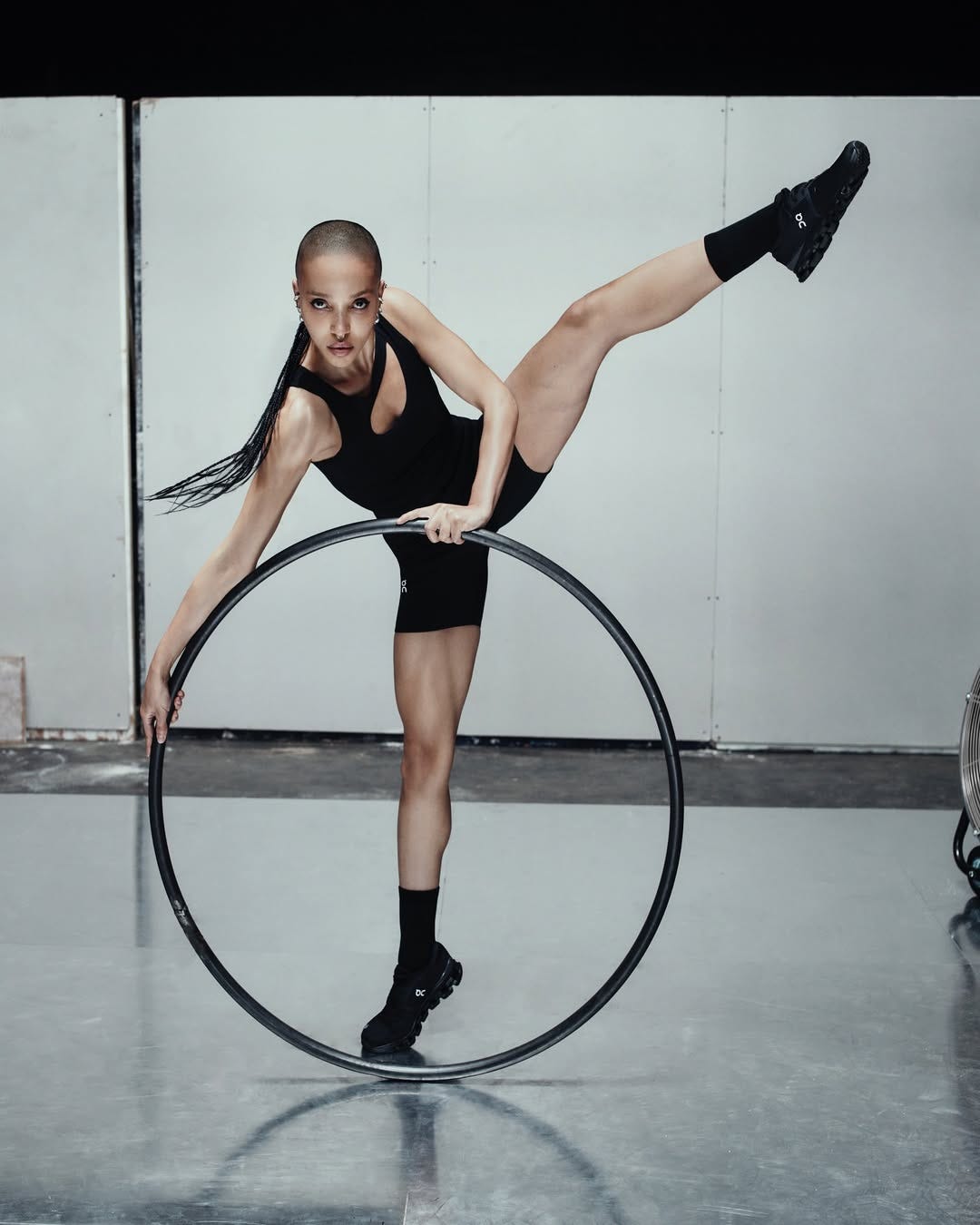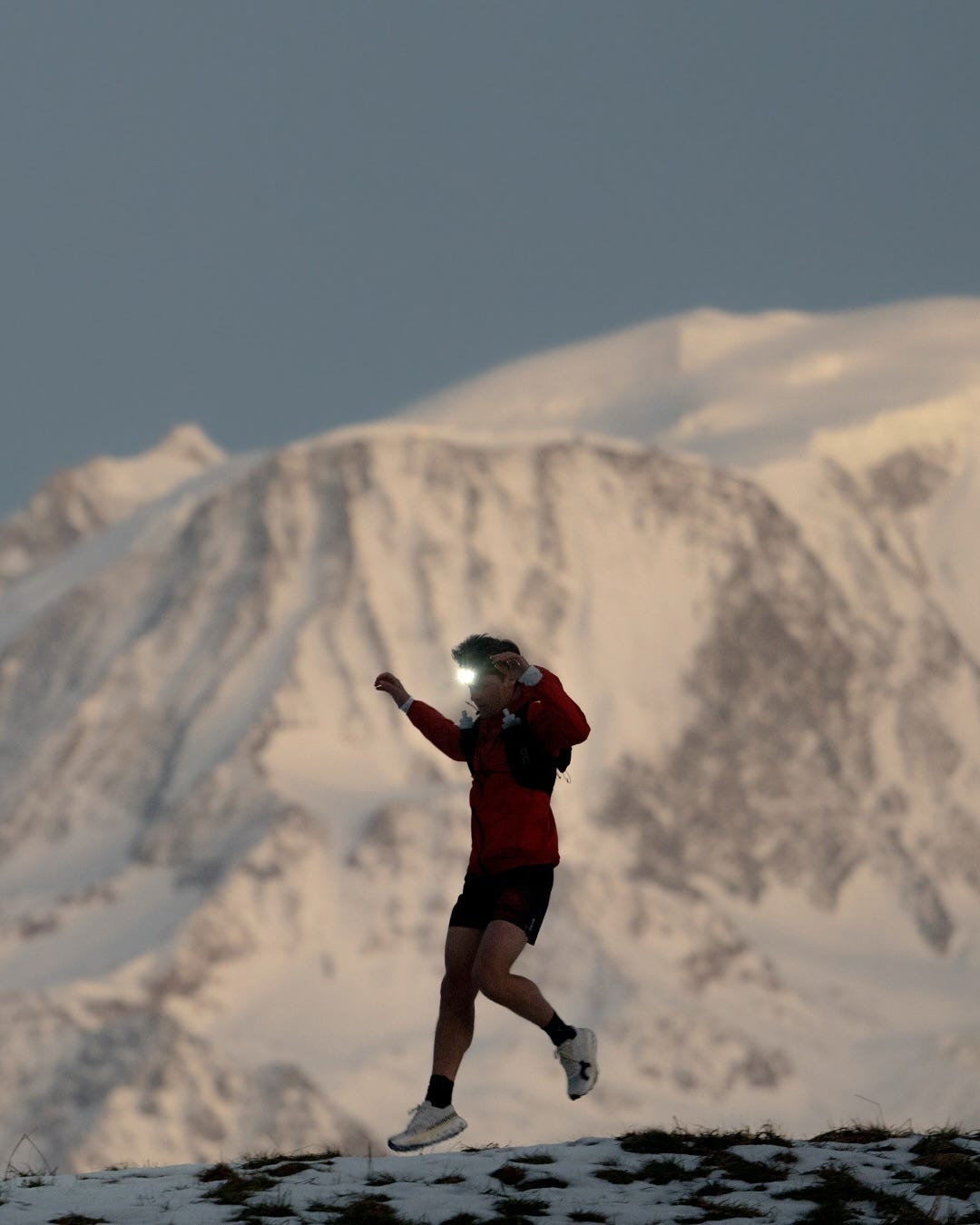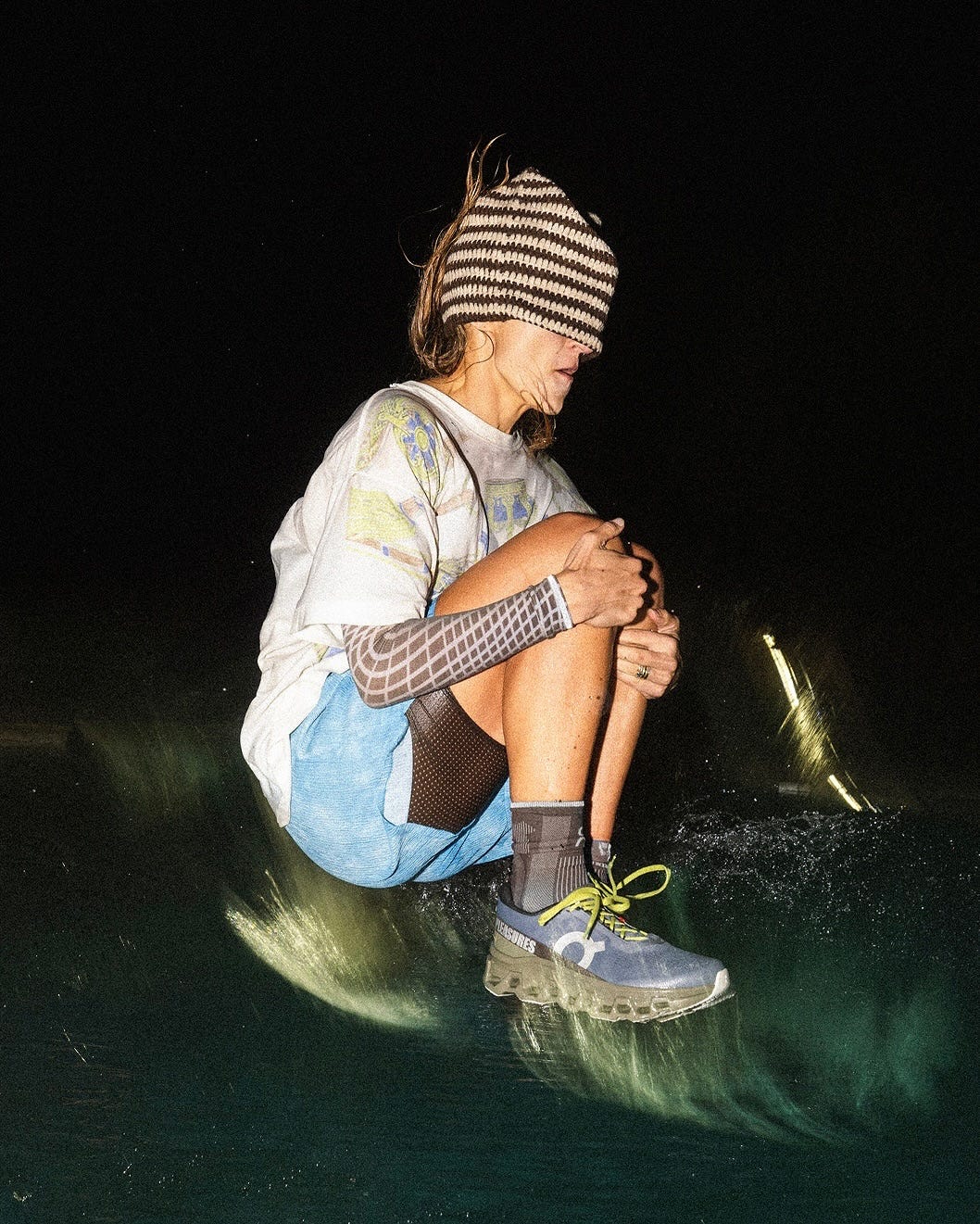The Cult of CloudTec: ON and the luxury of acceleration
Can the cult-favourite Swiss performance-wear brand carve out long-term success? The brand is pushing hard, but there are still hurdles to jump
Welcome to TOMORROW WILL ARRIVE, a platform for cultural critique and future thinking; offering perspectives on luxury, brand strategy, identity and design. Created by BIRCH, we are a London-based creative studio, founded in 2009. You can reach us here, or join our Subscriber chat here.
There’s a quiet irony in the speed with which ON has become a near-household name.
Founded in Switzerland in 2010, ON took the long road to relevance, building patiently and deliberately. But, in 2025, it feels like the brand has arrived all at once. Walk through the business districts of London or New York, wander into a high-end gym in Berlin, or scan the kit of ultra runners in Oregon – ON is everywhere.
Not long ago, the brand was an eccentric Swiss upstart with whacky-looking footwear and a name that felt unfinished. Today, it’s one of the most intriguing case studies in global brand-building. But, to understand ON’s ascent and the brand’s potential future, we have to look past the shoes.
The company’s success isn’t about running shoes or sportswear – it’s about a worldview.
From performance to philosophy
At first glance, ON is a classic performance-wear brand.
Its patented “CloudTec” sole, marketed for its unique combination of cushioning and propulsion, delivers a genuinely differentiated product experience. But ON’s success to date lies in how it has abstracted this performance promise into a philosophy of movement.
Unlike Nike, which rallies around speed and dominance, or Adidas, with its urban utilitarianism, ON communicates liberation.
The brand doesn’t tell you to “Just Do It.” It invites you to ascend.
Imagery leans into stirring, sweeping landscapes, alpine air and an almost meditative quality of flow. You’re not conquering the trail – you’re harmonising with it.
It’s a visual identity that feels perfectly in-tune with the brand’s design language, which borrows from both minimalism and modernism but softens these with organic forms and neutral tones.
Even their retail architecture – part Apple Store, part Nordic spa – expresses a belief system. ON isn’t selling sportswear; it’s curating a lifestyle where velocity and mindfulness coexist.
The Rodger – dipping toes into new categories
A crucial inflection point in ON’s trajectory was the 2019 partnership with Roger Federer.
At the time, it seemed like a conventional celebrity endorsement. But ON played it smart. Federer became an investor, a creative partner and the legitimiser of a new category for the brand: tennis-inspired lifestyle footwear.
“The Roger” trainer series doesn’t dominate the way ON’s Cloud series does, but it does reinforce ON’s credibility as a premium, design-forward label.
More importantly, it aligns the brand with grace, a quality Federer personifies and ON aspires to encode.
It also signalled ON’s ambitions beyond running, early doors. The company has been steadily nudging into fashion (see the brand’s heftily-priced collabs with Loewe), tennis, hiking, and all-day wear – crucially, without diluting its DNA.
Few performance brands manage this transition without alienating their core audience or watering down what makes them special. ON, so far, is doing it with tact.
Lightness as storytelling
ON has also done well in the last 18 to 24 months to shape brand stories that extrapolate the core product value of ‘lightness’ into lightness of touch, humour and spirit.
The new ‘Dream On’ campaign with Zendaya – which tells a whimsical story of intergalactic gym-goers, presented with retro ‘Star Trekky’ aesthetics – is playful, arresting and feel-good entertaining.
It feels like ON is finding its voice, as well as its visual identity, an impression reinforced by the Federer-meets-Almo Super Bowl commercial released in February.
Zendaya is an inspired choice of brand ambassador for ON – significantly evolving the brand’s cultural positioning. As an actor, producer and global style icon, she brings an effortless blend of credibility across fashion, youth culture and media – domains where ON has traditionally had a softer presence.
In campaign creative and behind-the-scenes content, she is not cast as an athlete but as a mover – fluid, confident, modern – extending the brand’s philosophy of mindful motion into the realm of performance art.
The challenges ahead: Scale, sameness and subculture
That said, ON’s momentum carries its own risks – and long-term success is not yet a done deal.
In reality, scaling the brand without blunting its sharpness is a tightrope walk. ON’s early success was rooted in its distinctiveness – visually, technically, emotionally. And, as ON opens more retail destinations and launches broader lifestyle products, the risk of ‘genericisation’ looms. In fashion – as in running – the middle of the pack is the most dangerous place to be.
ON must also confront the paradox of being a subcultural object in a mainstream body.
Among serious runners, ON shoes are sometimes seen as style-first, substance-second. And in streetwear communities, they teeter on the edge of normcore. To remain compelling, the company must continue to cultivate niche communities while aggressively growing – a challenge that few brands manage successfully.
Moreover, ON’s identity is still highly Europe-centric. While the brand is expanding globally, it hasn’t yet cracked markets like China or India in a meaningful way. Nor has it built the kind of cultural capital in the U.S. that brands like HOKA or New Balance have.
Its tone, while elegant, is also aloof – a potential liability in markets where emotional resonance matters more than clean lines.
The Zendaya collaboration is a good example. Despite her cultural magnetism, ON has played the collaboration cautiously – with restrained campaign rollouts and little integration with her broader creative world. The result is a partnership that has elevated perception, but hasn’t yet fully activated participation.
Tomorrow’s traction?
So, what comes next for ON?
A lot of exciting ingredients are there. We think the brand’s playbook should be simple:
Continue to champion product innovation – stay true to the foundational quality of ‘lightness’.
Build deeper community ties – lean into ‘dream on’ as a motivational promise for consumers and tell bolder stories that bring this to life.
Resist the temptation to overextend. Remain spiritually athletic, even as the brand dips into fashion and pop culture.
If it can do this, ON could become the Patagonia of performance-wear – an international brand that represents not just motion, but meaning too.
ON’s real innovation is not a sole design or a brand campaign. It’s the articulation of a new cultural ideal: movement as mindfulness and speed as serenity. In an era obsessed with acceleration, ON has built a brand that feels, ironically, unhurried.
This, perhaps, is ON’s greatest achievement – and the thing to protect above all else.









